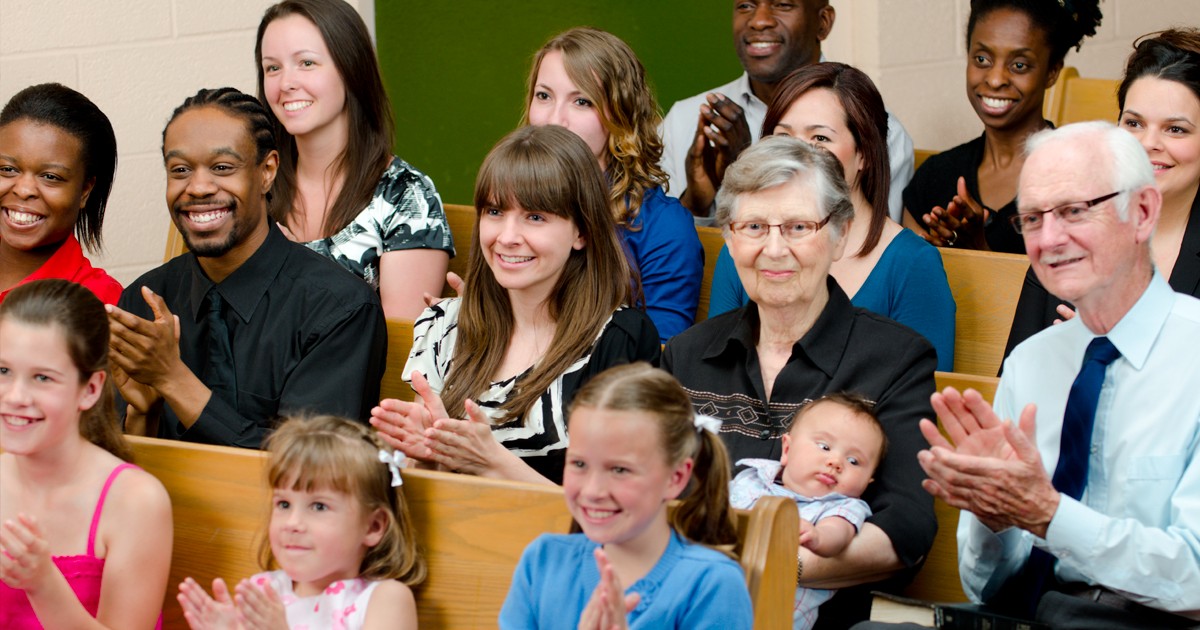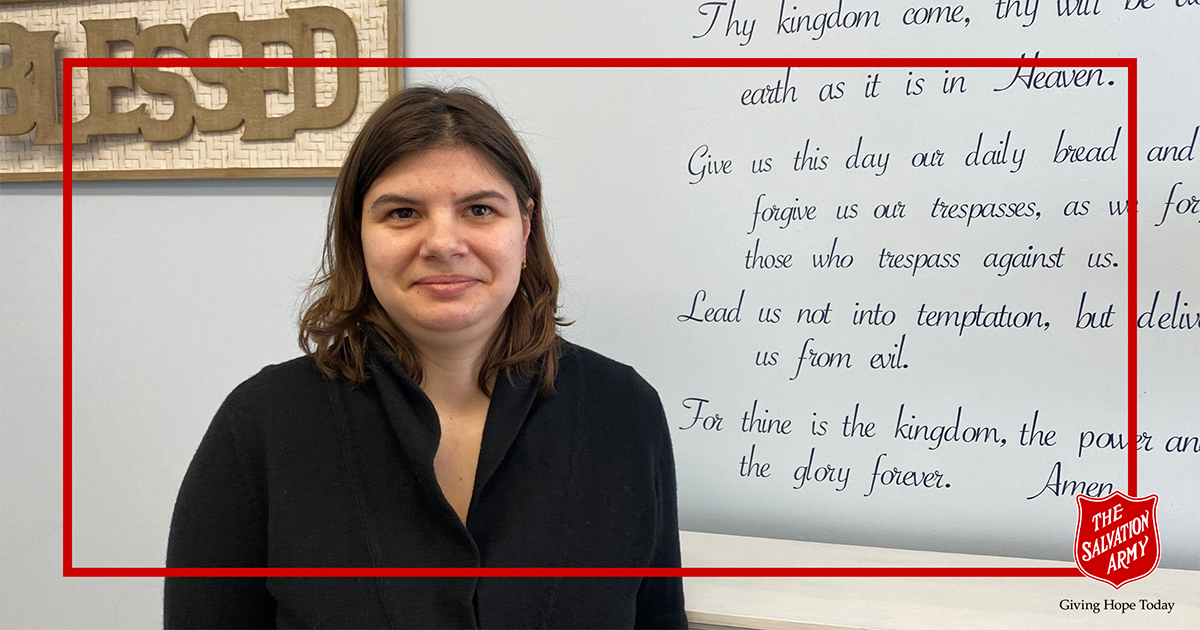Betty was well-known for her friendly smile and affectionate hugs. She was an active member of the Baptist church who for many years volunteered regularly at the hospital as a visitor. Then one day she was diagnosed with cancer. Despite her ongoing treatments, Betty persevered with her volunteer work, bringing hope and comfort to all who crossed her path. With the slow but steady advance of the disease, Betty was admitted as a patient to the same hospital where she had invested so much. As her body weakened, her spirit remained strong and her testimony was clear. The chaplains at the hospital would often stop by her room to say hello. On the day that Betty died, my wife, Barbara, was at her bedside. It was evident that the end was near and Barbara sang some of the old familiar hymns to her.
During the singing of The Old Rugged Cross, Betty rallied for a few moments and mouthed the words of the hymn. Unbeknownst to Barbara, members of the family had slipped into the room and observed their mother's brief resurgence and expression of faith. It was a poignant moment. But it was more than that. It was also a sacred affirmation of her faith in the Creator who is also the Lord of life and death.
This month, Christians around the world are reminded of the passion of Christ. It is a story of living and dying and living again. It is a reminder that in Christ, death has lost its sting. Certainly the sense of loss and the grief that come from the death of someone we love is felt deeply. Such feelings should never be trivialized. But the Apostle Paul tells us that we should not “be uninformed about those who sleep in death, so that you do not grieve like the rest, who have no hope.” On the contrary, Paul says, “We believe that Jesus died and rose again and so we believe that God will bring with Jesus those who have fallen asleep in him” (1 Thessalonians 4:13-14).
In "Love and Loss," Salvationist David Hicks writes openly of his personal pain with the death of his wife, Carole, after 45 years of marriage. Author Max Lucado provides a glimpse of the suffering Christ in Gethsemane in “Portrait of Pain.” In our humanness, we can identify with this. Life can be fragile. The story of the two Marys who visited the tomb of Jesus on the first Easter morning is recounted by our international leader, General Shaw Clifton, in "The First Day of the Week." Their mourning is palpable. But then they hear the angel's greeting at the empty tomb: “Do not be afraid, for I know that you are looking for Jesus, who was crucified. He is not here; he has risen” (Matthew 28:5-6).
Betty's story may be described by many as common. People die in hospitals, nursing homes and hospices every day. Many of us will pass that way as well. It's a sobering fact and while we don't for the most part get to choose how and when we will die, we do know that we will all travel through the valley of the shadow of death one day. The challenge of Easter is perhaps not so much about how we will die, but how we should live.
 Major Jim Champ is Editor-in-Chief and Literary Secretary for The Salvation Army. He is also a member of the Governing Board of the Canadian Council of Churches.
Major Jim Champ is Editor-in-Chief and Literary Secretary for The Salvation Army. He is also a member of the Governing Board of the Canadian Council of Churches.
During the singing of The Old Rugged Cross, Betty rallied for a few moments and mouthed the words of the hymn. Unbeknownst to Barbara, members of the family had slipped into the room and observed their mother's brief resurgence and expression of faith. It was a poignant moment. But it was more than that. It was also a sacred affirmation of her faith in the Creator who is also the Lord of life and death.
This month, Christians around the world are reminded of the passion of Christ. It is a story of living and dying and living again. It is a reminder that in Christ, death has lost its sting. Certainly the sense of loss and the grief that come from the death of someone we love is felt deeply. Such feelings should never be trivialized. But the Apostle Paul tells us that we should not “be uninformed about those who sleep in death, so that you do not grieve like the rest, who have no hope.” On the contrary, Paul says, “We believe that Jesus died and rose again and so we believe that God will bring with Jesus those who have fallen asleep in him” (1 Thessalonians 4:13-14).
In "Love and Loss," Salvationist David Hicks writes openly of his personal pain with the death of his wife, Carole, after 45 years of marriage. Author Max Lucado provides a glimpse of the suffering Christ in Gethsemane in “Portrait of Pain.” In our humanness, we can identify with this. Life can be fragile. The story of the two Marys who visited the tomb of Jesus on the first Easter morning is recounted by our international leader, General Shaw Clifton, in "The First Day of the Week." Their mourning is palpable. But then they hear the angel's greeting at the empty tomb: “Do not be afraid, for I know that you are looking for Jesus, who was crucified. He is not here; he has risen” (Matthew 28:5-6).
Betty's story may be described by many as common. People die in hospitals, nursing homes and hospices every day. Many of us will pass that way as well. It's a sobering fact and while we don't for the most part get to choose how and when we will die, we do know that we will all travel through the valley of the shadow of death one day. The challenge of Easter is perhaps not so much about how we will die, but how we should live.
 Major Jim Champ is Editor-in-Chief and Literary Secretary for The Salvation Army. He is also a member of the Governing Board of the Canadian Council of Churches.
Major Jim Champ is Editor-in-Chief and Literary Secretary for The Salvation Army. He is also a member of the Governing Board of the Canadian Council of Churches.









Leave a Comment